Choosing the right white paint for your home may sound simple, but if you’ve ever stood in front of a wall of swatches, you know just how many shades of “white” actually exist. There are cool whites, warm whites, bright whites, and creamy whites — each offering its own feel. One standout from the Benjamin Moore palette is Woodland White — a shade that feels fresh, modern, and not at all boring.
Woodland White isn’t just another white paint. It brings subtle personality into a space without being loud or distracting. If you’re looking to refresh your interiors or exteriors with a crisp, clean white that still feels soft and livable, this might just be your perfect match.
In this in-depth guide, we’ll explore what makes Woodland White unique, how it behaves in different lighting, what it pairs well with, and why it’s such a strong contender for modern homes today.
What Is Woodland White by Benjamin Moore?
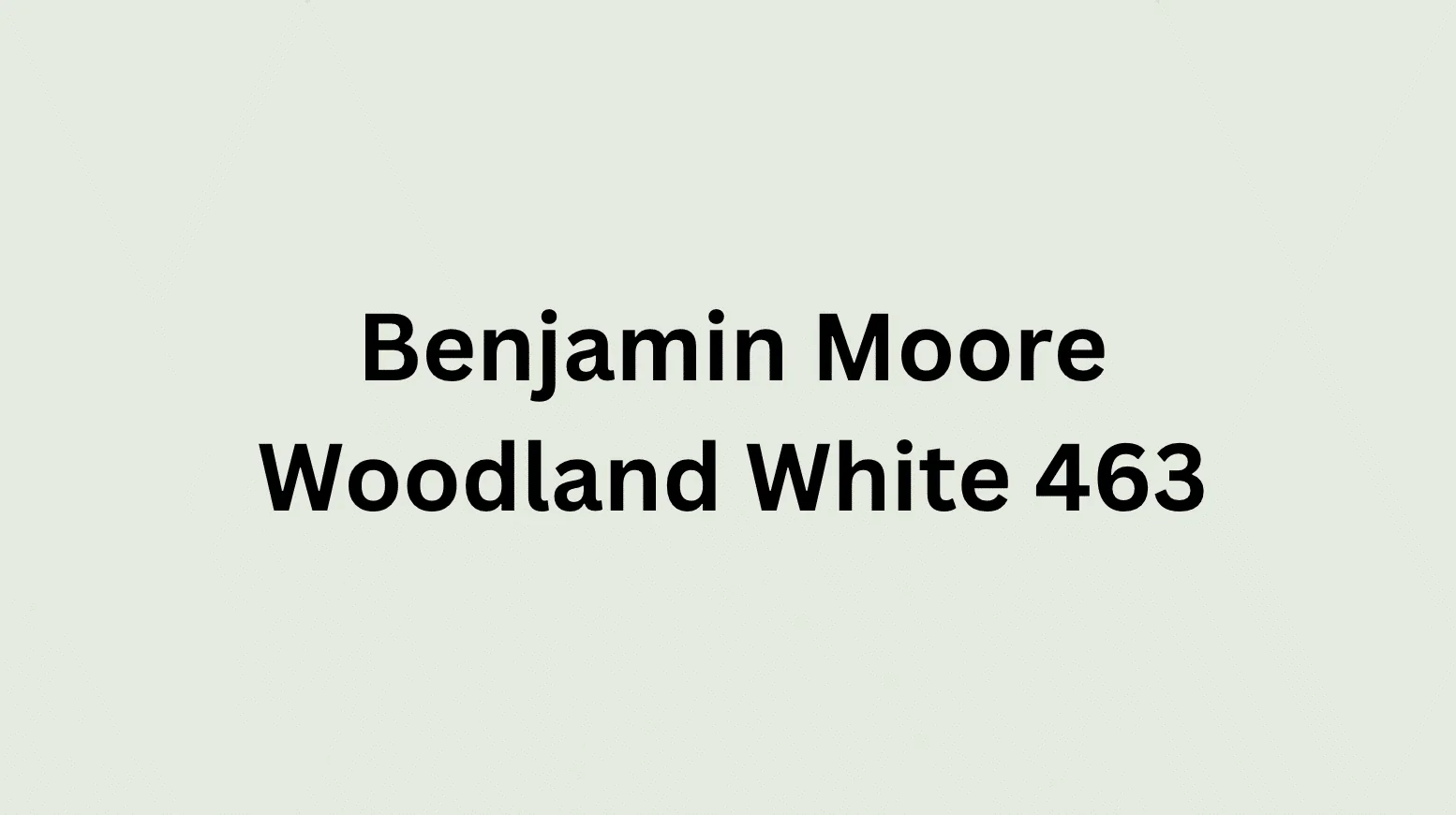
Woodland White is part of Benjamin Moore’s premium color lineup. It’s categorized as a warm white, which means it carries a hint of creamy softness without tipping into beige or yellow territory. It’s not a stark or icy white — rather, it has depth and a bit of earthiness to it.
Woodland White reads clean and subtle in natural light. It’s bright enough to lighten up a room, but it avoids the sterile feel of cooler whites. This makes it incredibly versatile for both modern and traditional spaces.
What really makes Woodland White special is its ability to blend into a variety of color schemes and decor styles. It doesn’t fight with other colors, but it also doesn’t disappear. It holds its own as a soft backdrop that enhances the rest of your design.
Woodland White adds an elevated, polished look to open-concept spaces or rooms with many natural elements, such as wood, stone, or linen. It’s a great example of how a subtle shift in tone can make a white feel intentional rather than default.
How Woodland White Reacts to Lighting
Natural Daylight
One of the biggest challenges with white paint is how dramatically it can change based on lighting. Woodland White shines (literally and figuratively) in natural light. It doesn’t go too yellow or gray. It stays warm but grounded, making it ideal for living rooms, kitchens, and spaces with big windows.
In north-facing rooms, which often get cooler, bluish light, Woodland White helps counterbalance that chill by adding warmth. In south-facing spaces, it glows without looking overly creamy or washed out.
Artificial Lighting
Under artificial lighting, Woodland White remains steady. It doesn’t skew too warm under incandescent bulbs or too cold under LEDs. This predictability makes it a great choice for homes with a mix of lighting sources.
If you’re using Woodland White in a bathroom or kitchen, where overhead lighting can sometimes make whites look flat or harsh, you’ll find it keeps its warmth and clarity.
Evening Light
At night, Woodland White continues to offer a calm, soft atmosphere. It doesn’t become dull or muddy, which is key in bedrooms and entertainment areas where you want a cozy but clean feeling after dark.
Where to Use Woodland White by Benjamin Moore in Your Home
Living Rooms
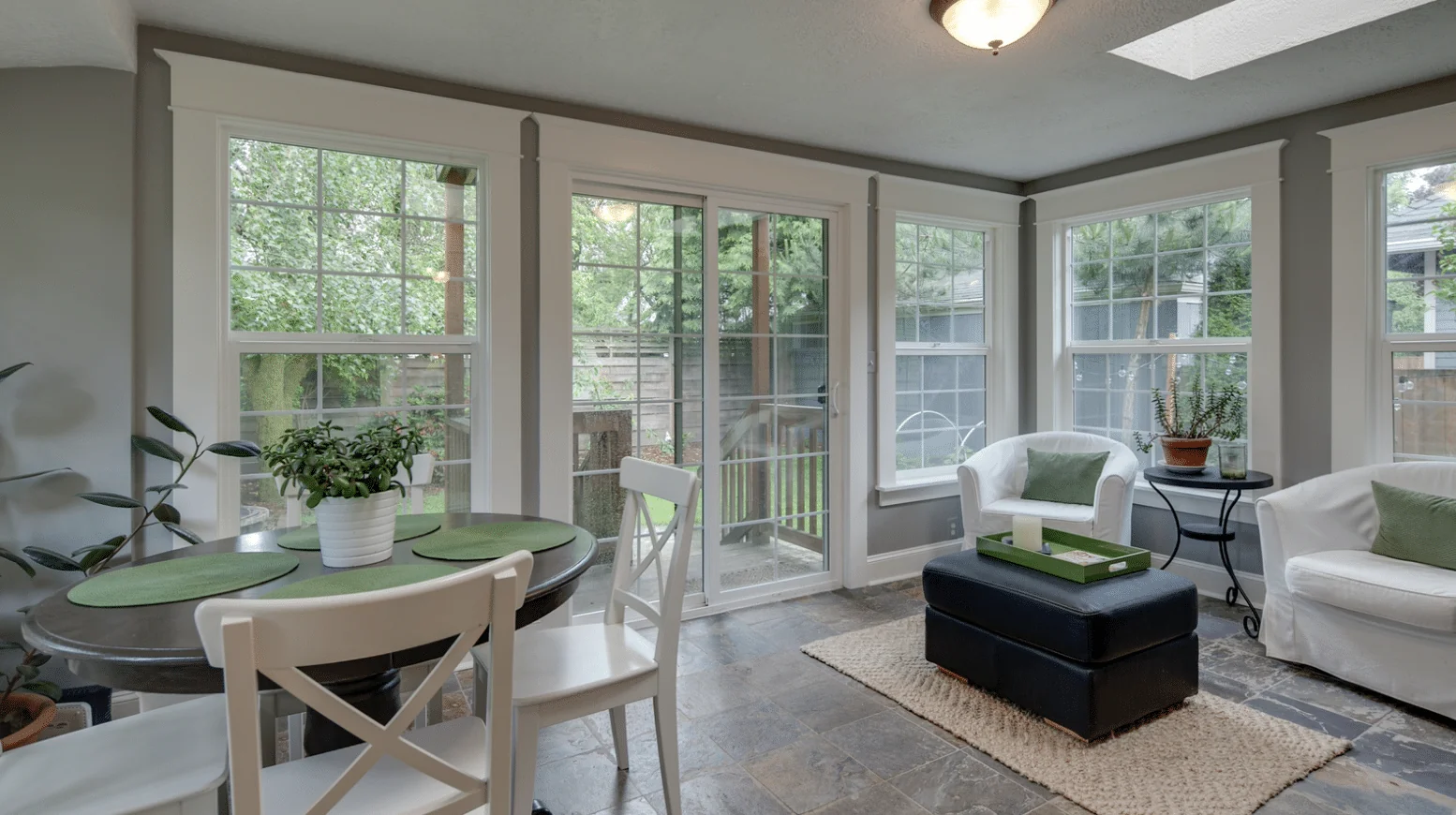
If you want a living room that feels clean but not cold, Woodland White can be the perfect base. It offers enough brightness to keep the room airy, while its warm undertones add a bit of depth. Whether your style leans coastal, Scandinavian, rustic, or modern, this shade works beautifully.
Pair it with light woods, soft greys, or even richer tones like navy or forest green. It provides the flexibility to update your furniture or decor without needing to repaint.
Kitchens
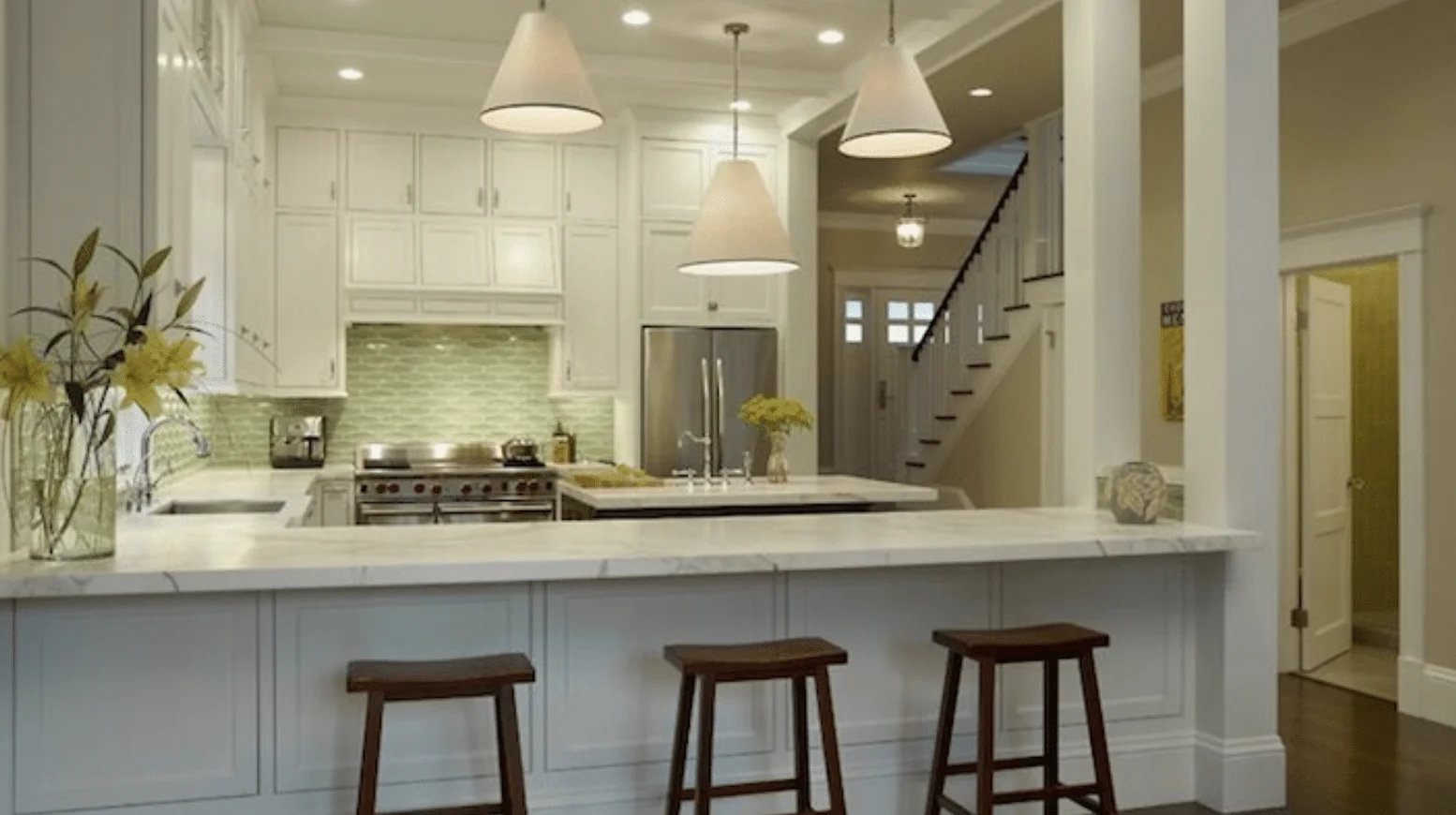
White kitchens are always in style, but choosing the right white is key. Woodland White stands out because it doesn’t feel stark. It works wonderfully on cabinetry, especially when paired with warm hardware like brass or brushed nickel.
For walls or backsplashes, it offers a clean surface that complements both quartz and granite countertops. It also balances well with stainless steel appliances, adding softness without clashing.
Bedrooms
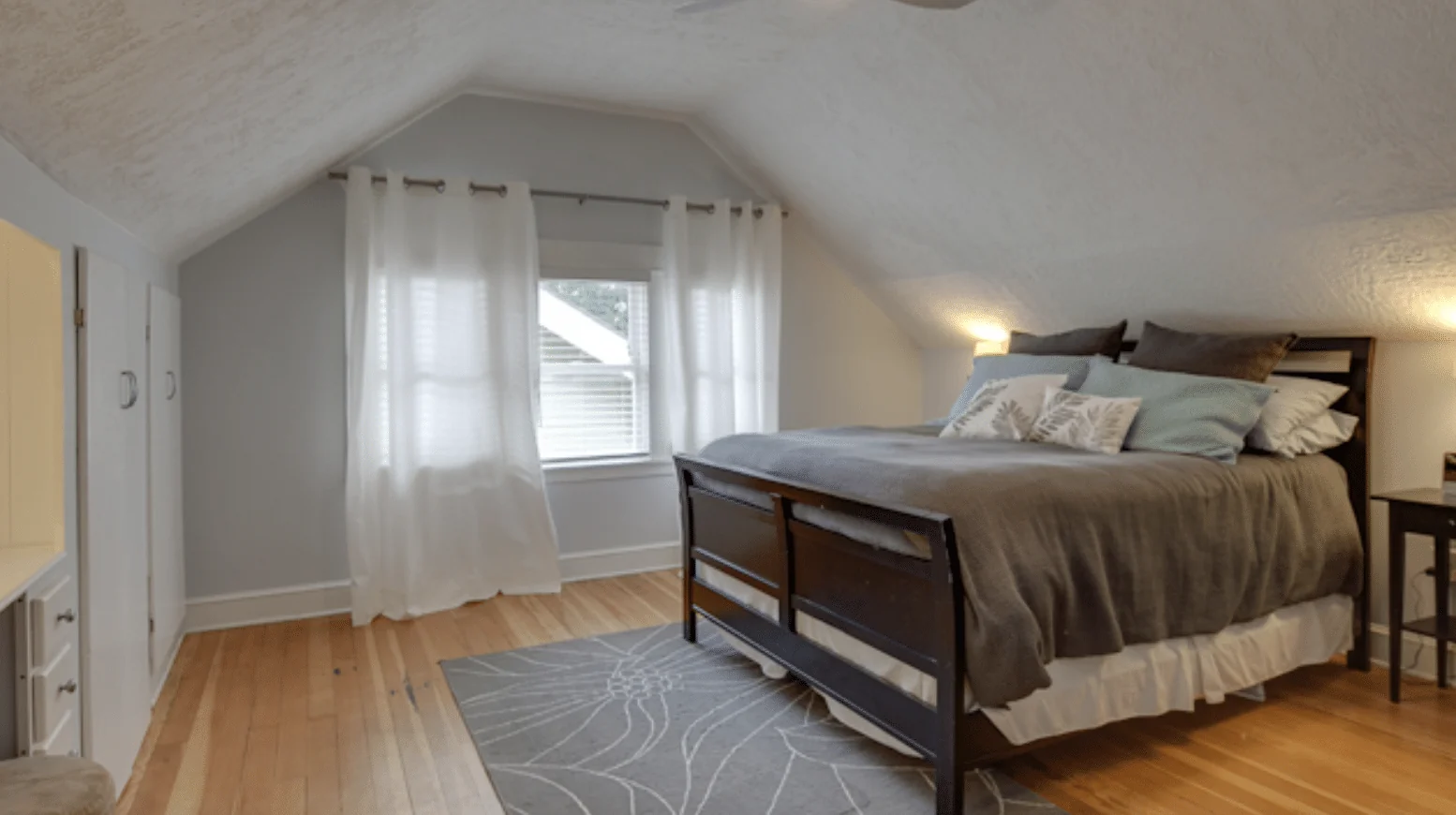
In bedrooms, comfort is the priority. Woodland White brings a soothing vibe that works with soft linens, layered textures, and calming color palettes. It’s excellent for creating a retreat-like environment.
You can easily pair it with beige, taupe, light blue, or sage accents. Whether you’re going for a minimalist look or something a bit cozier, Woodland White gives you a neutral base to build from.
Bathrooms
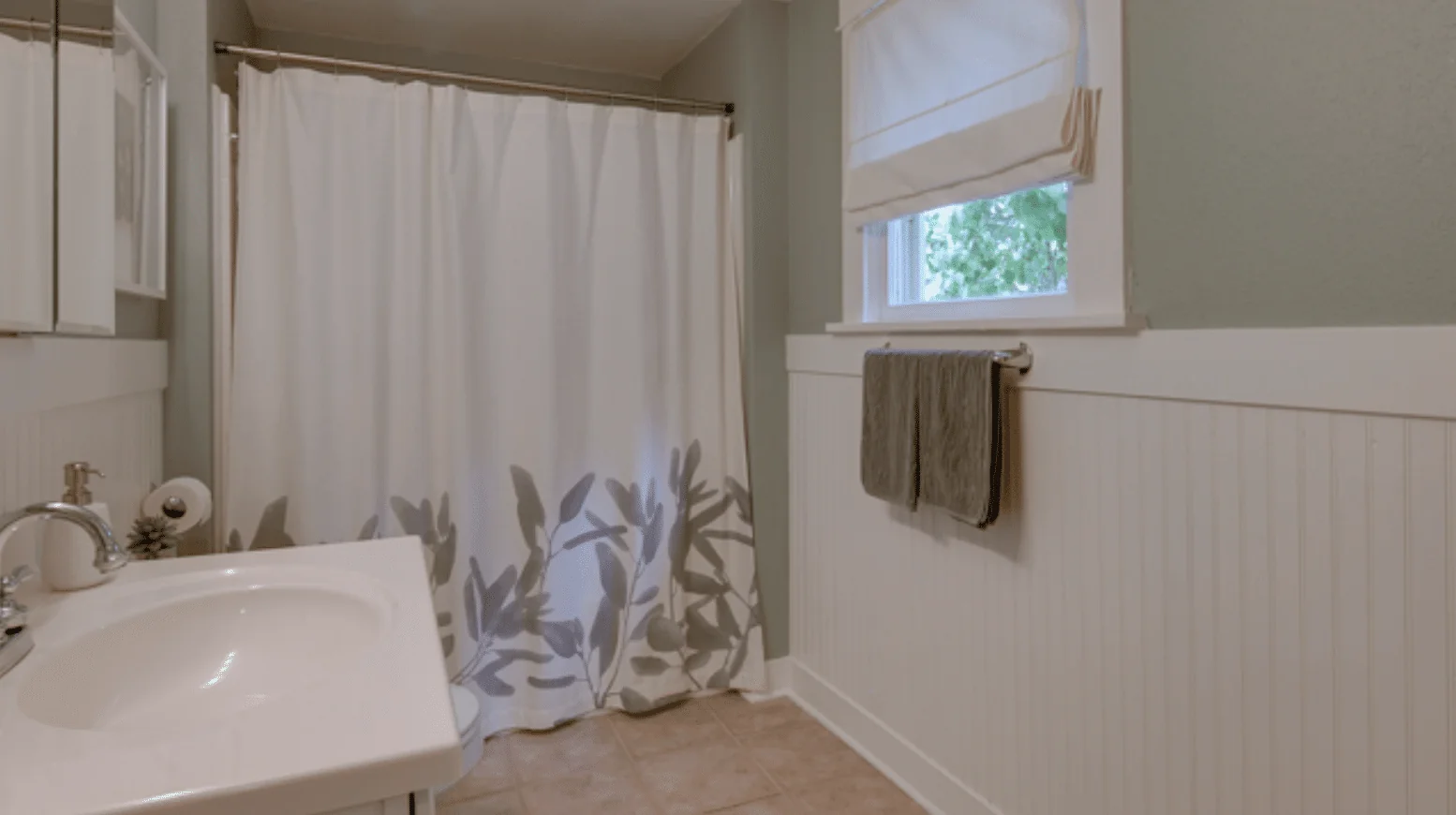
Bathrooms benefit from whites that are soft and flattering, especially when paired with mirrors and lighting. Woodland White adds just enough warmth to flatter skin tones and enhance the space without making it feel sterile.
It’s a good pick for walls, trim, and even cabinetry. Pair with matte black, chrome, or aged brass fixtures for a modern yet classic look.
Hallways and Entryways
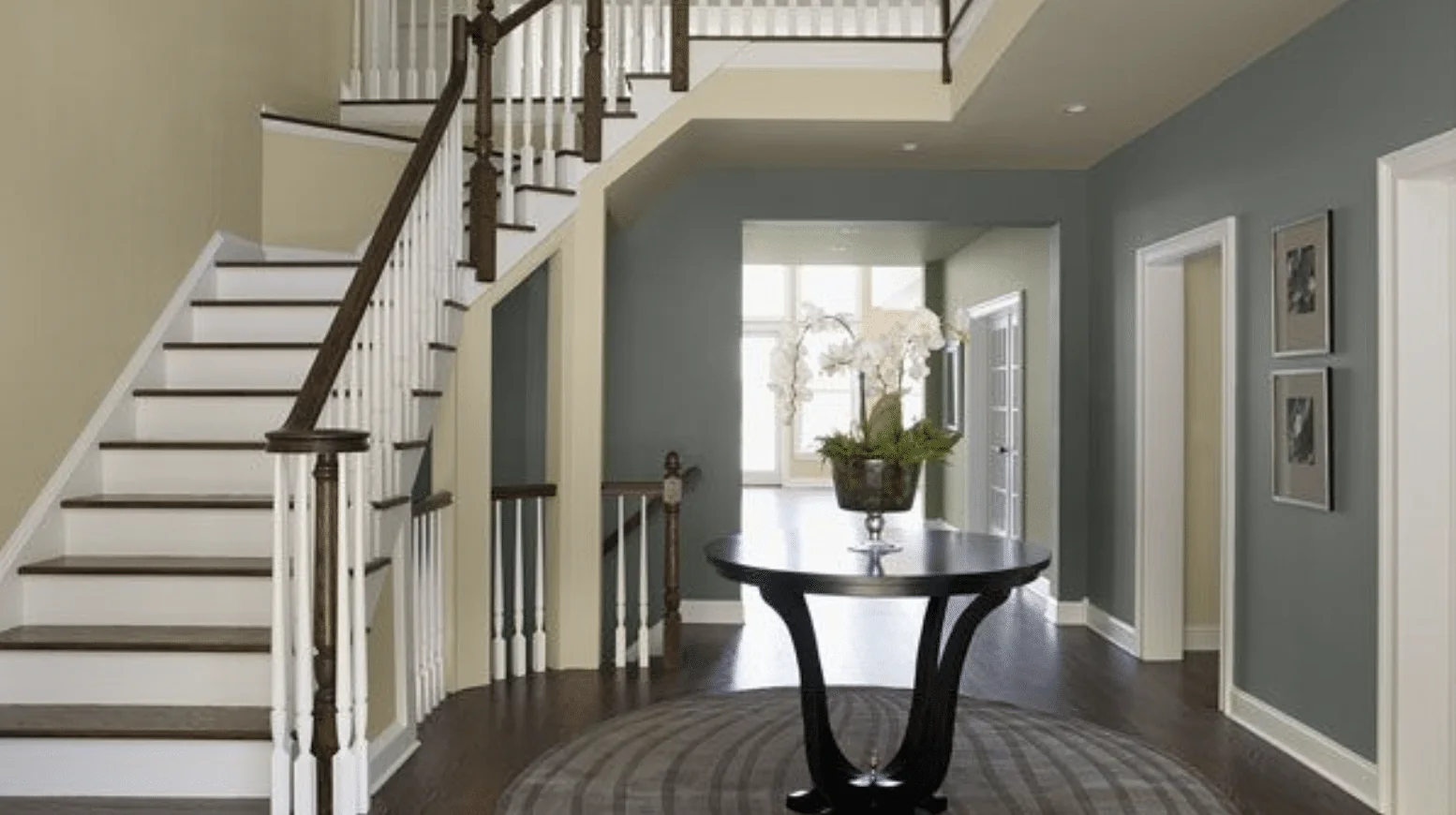
Transitional areas of the home often get overlooked, but painting them in Woodland White creates a sense of flow. It reflects light beautifully, helping darker hallways feel brighter and more open.
Entryways painted in Woodland White feel welcoming and timeless. Add a wood bench, a few baskets, and some wall hooks and you’ve got a polished but homey first impression.
What Makes Woodland White Stand Out From Other Whites?
| Paint Comparison | Tone & Look | Best For |
|---|---|---|
| Woodland White vs. Simply White | Simply White is brighter and cooler. Woodland White is warmer and has more depth. | Woodland White works well in cozy, soft spaces. Simply White fits bright, modern rooms. |
| Woodland White vs. Chantilly Lace | Chantilly Lace is very bright and crisp. Woodland White is softer and more muted. | Chantilly Lace is good for modern or gallery-like spaces. Woodland White fits natural, calm settings. |
| Woodland White vs. White Dove | White Dove is warm with a yellow undertone. Woodland White is more neutral and grounded. | White Dove suits spaces needing a creamy warmth. Woodland White works for a more natural, balanced look. |
How to Pair Colors with Woodland White
Trim Colors
You can use either a crisp white like Chantilly Lace for a subtle contrast or White Dove for a more blended look. If you want contrast, consider going darker with greige or soft taupe trims.
Accent Walls and Furniture
Because Woodland White is warm and subtle, it pairs beautifully with muted greens, navy blues, clay tones, and even black. Wood furniture in natural or warm stains stands out nicely against this backdrop.
If you want to create dimension in an open-concept space, use Woodland White as the base and then add accent walls in richer, darker colors. This adds visual interest without disrupting the calm vibe.
Tips for Painting with Woodland White
Before fully committing, always test Woodland White in multiple spots in your home. Try painting swatches on different walls and see how it looks in the morning, afternoon, and evening. The lighting will shift it slightly, and you’ll want to be confident in how it behaves in your actual space.
Use a high-quality primer, especially if you’re covering a darker shade. Two coats of paint are usually enough to get a smooth, even finish.
For trim and doors, consider using a semi-gloss finish. For walls, an eggshell or matte finish gives a soft, velvety look without too much shine.
Conclusion
Woodland White by Benjamin Moore is the kind of paint color that proves just how sophisticated white can be. It’s not flashy. It’s not trendy. But it is timeless, adaptable, and deeply modern in its subtlety.
Whether you’re renovating a single room or painting your entire home, Woodland White offers a calming canvas that plays well with any design style. It lifts a space without overpowering it, making it ideal for people who want their home to feel fresh, modern, and truly livable.
In a world where white paint can often feel either too cold or too bland, Woodland White strikes that perfect balance. It’s warm without being yellow, clean without being clinical, and modern without being harsh. It’s the kind of color that makes a house feel like a home.
Frequently Asked Questions
Is Woodland White a Warm or Cool White?
Woodland White is a warm white, but it’s very subtle. It has soft, earthy undertones that keep it from feeling too yellow or too gray.
What Is the Lrv of Woodland White?
The Light Reflectance Value (LRV) of Woodland White is approximately 73. This means it reflects a good amount of light, helping to make rooms feel open and airy.
Can Woodland White Be Used on Trim or Cabinetry?
Yes, Woodland White works beautifully on trim and cabinetry, especially if you want a softer, warmer look. It pairs well with both darker walls and similar-toned off-whites.
Does Woodland White Work with Gray Furniture?
Absolutely. It complements gray furniture nicely, especially if the gray has warmer undertones. Add some texture with fabrics and wood accents to complete the look.
Is Woodland White a Good Choice for Exteriors?
It can be. Woodland White looks especially nice on homes with natural materials like wood or stone. Just make sure to test it in outdoor lighting since whites can look different in full sun.
Let me know if you’d like to add visuals, image prompts, or product pairings to enhance the blog!

